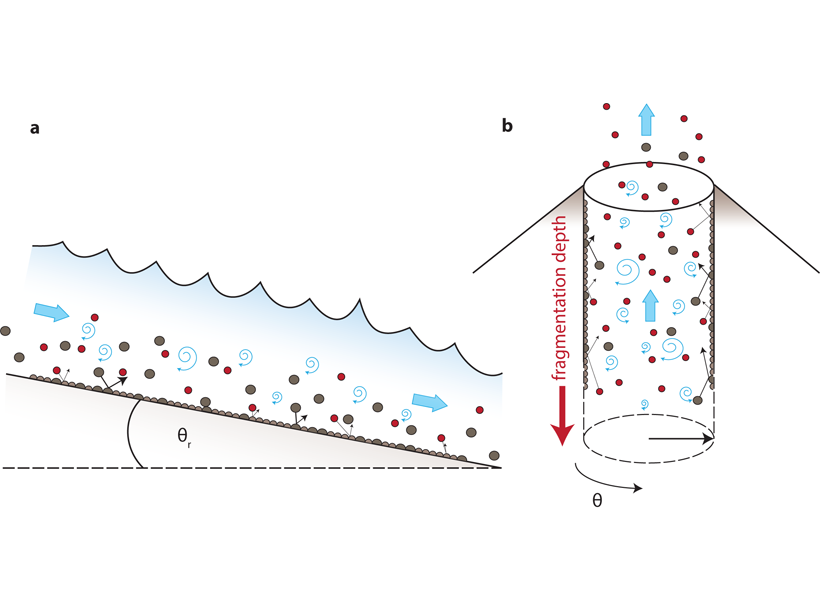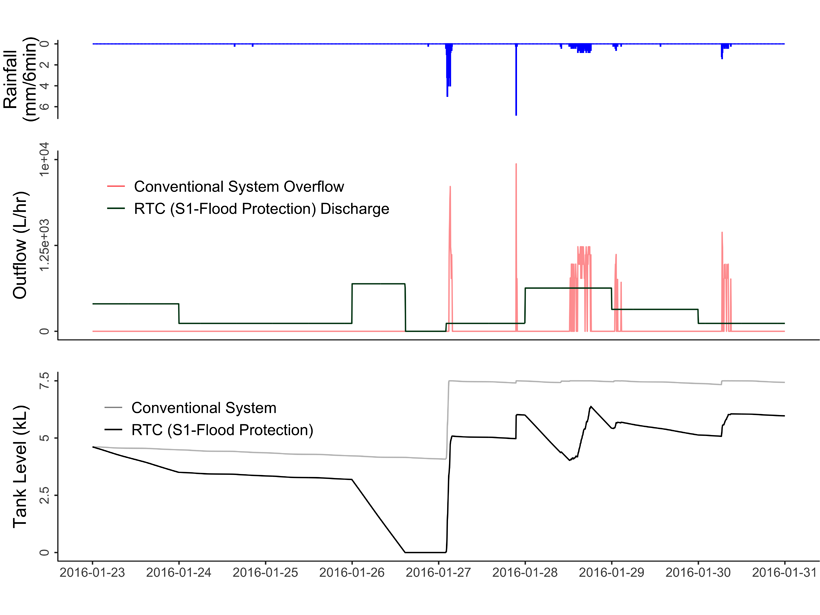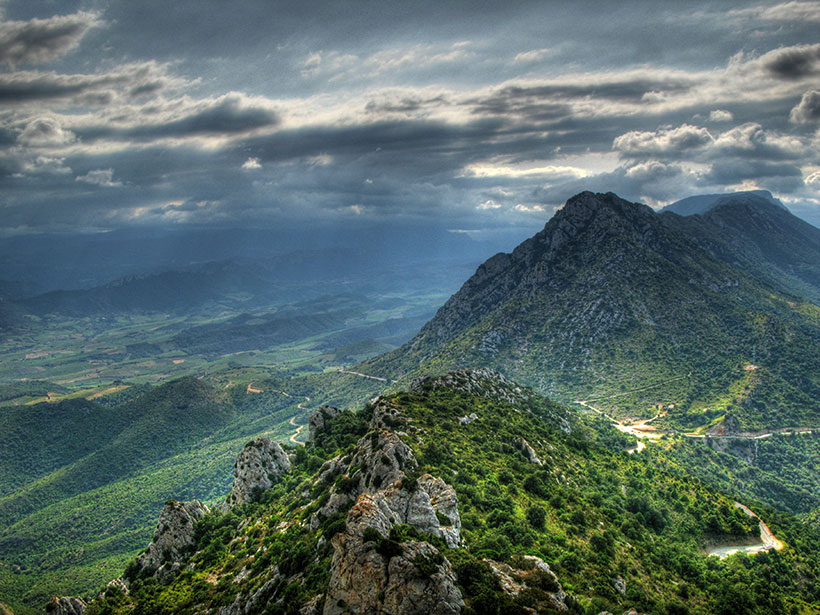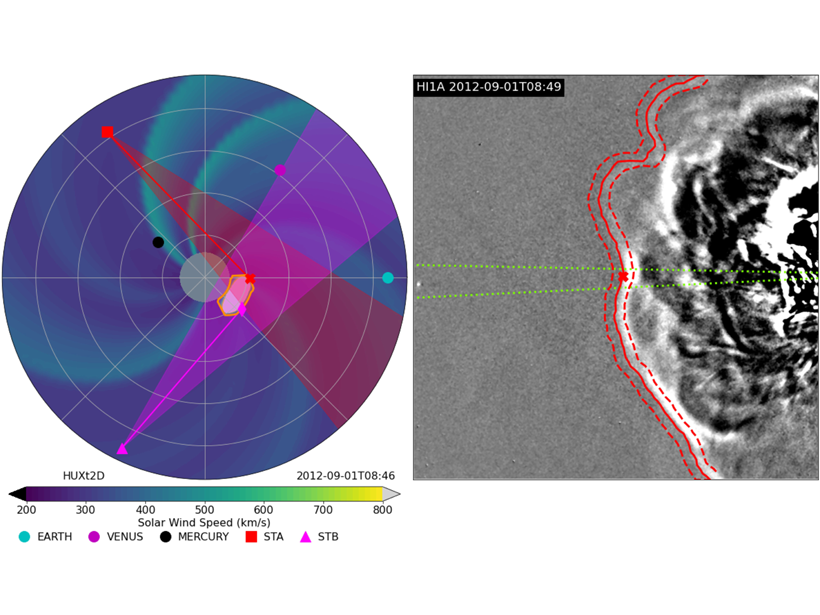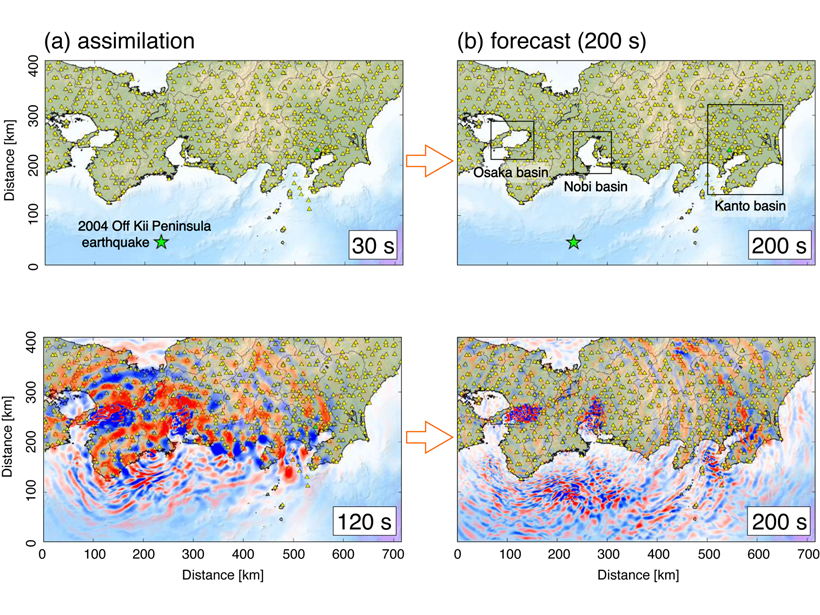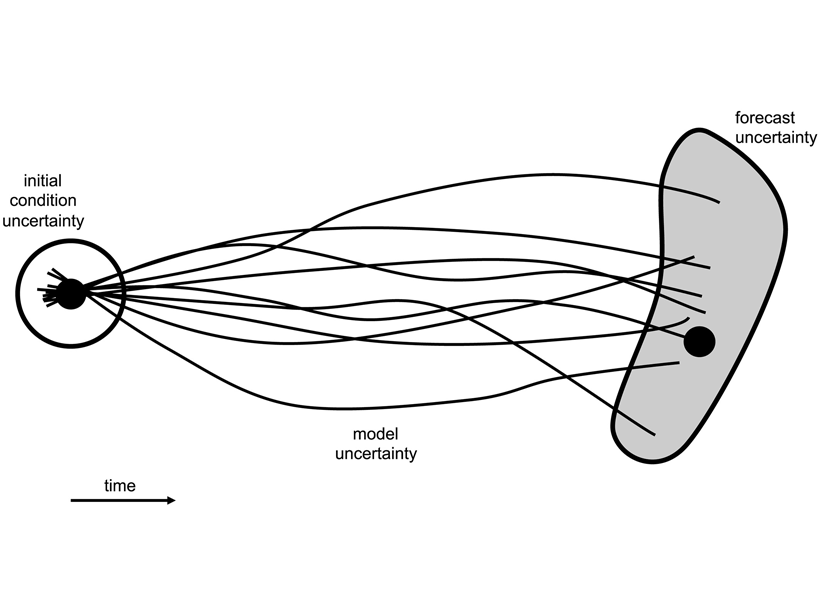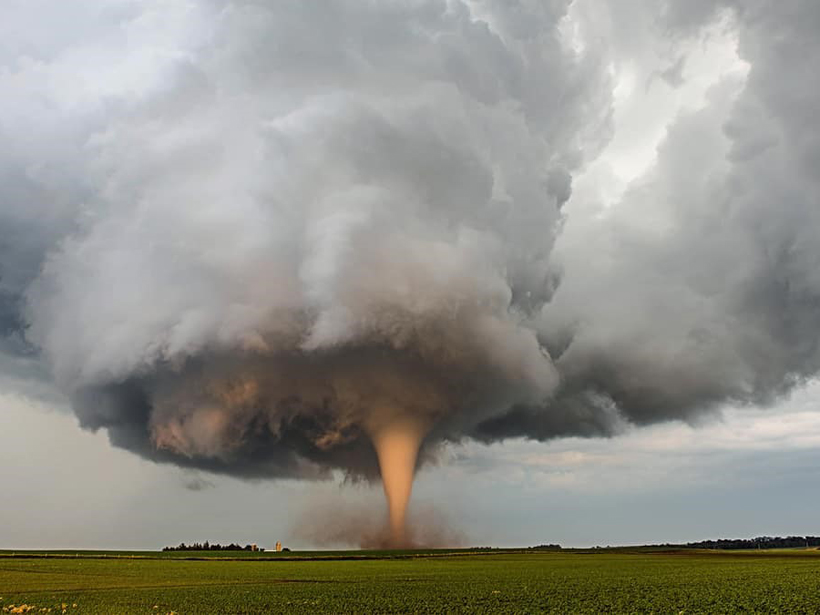This year is still on track to be one of the hottest years on record around the globe.
forecasting
Eruption Seismic Tremor Modeled as a Fluvial Process
Impact and turbulence models for river tremor are adapted and combined into a model that predicts the amplitude and frequency content of volcanic eruption tremor.
Scientists Claim a More Accurate Method of Predicting Solar Flares
Supercomputer 3D modeling of magnetic fields could help mitigate damage from geomagnetic storms.
Rainwater Harvesting Can Reduce Flooding as Well as Saving Water
Weather forecasting can greatly improve benefits of rainwater harvesting.
Regional Sensitivities Strongly Affect Modeled Climate Extremes
Analysis of temperature and precipitation extremes in two generations of CMIP climate models revealed similarities in regional climate sensitivities, contrasting with divergent global sensitivities.
Ensemble Modeling of Coronal Mass Ejection Arrival at 1 AU
Heliospheric imaging data can be used in ensemble modeling of CME arrival time at Earth to improve space weather forecasts, treating the solar wind as a 1-D incompressible hydrodynamic flow.
Real-time Ground Motion Estimation for Large Earthquakes
Advanced computing technology can be used to forecast ground shaking from earthquakes and provide an early warning in real time.
Advancing Ensemble Methods in Space Weather Forecasting
A short, must-read, report for anyone developing new space weather forecasts.
How to Improve Space Weather Forecasting
The field of space weather forecasting could take cues from its Earthly counterpart to increase the reliability of models as well as warning times ahead of inbound solar storms.
Bridging the Gap Between Weather and Climate Predictions
A special collection on subseasonal-to-seasonal prediction presents the latest progress in filling the gap between short-term weather prediction and longer-term climate prediction.


